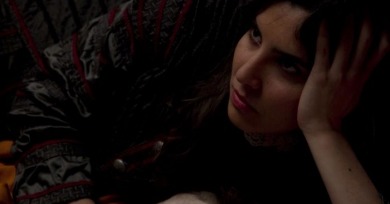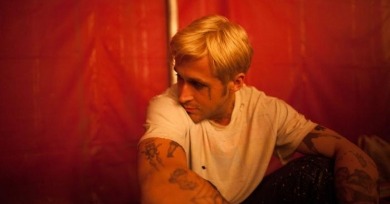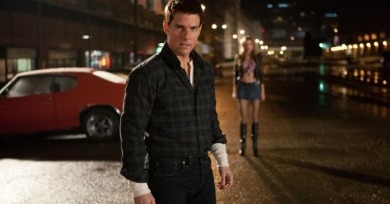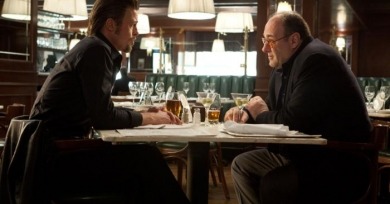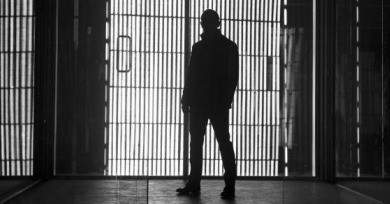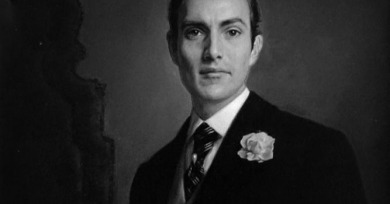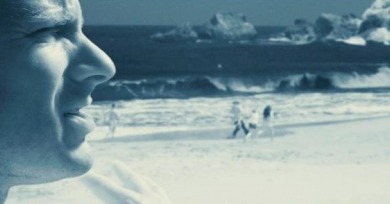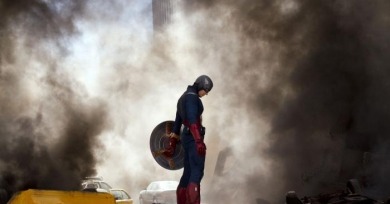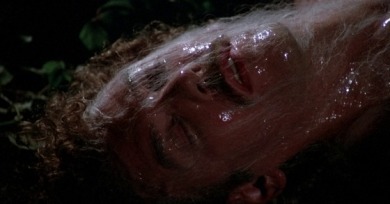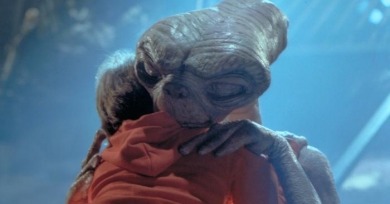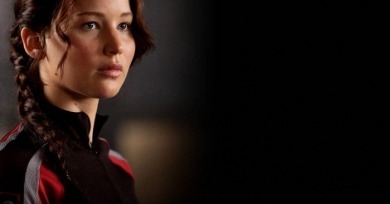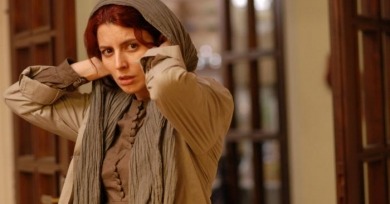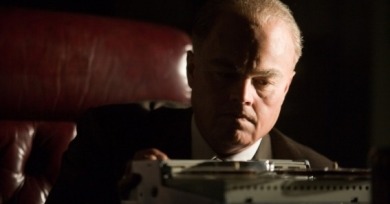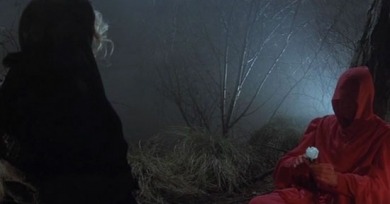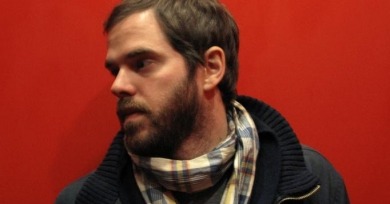Adam Nayman
Something in the Air is indeed a little anodyne, a bit blandly lovely both in its casting and in its seventies-inflected cinematography. It’s also fleet and fluid, which are welcome qualities and recognizable hallmarks of Assayas’s cinema over the years to boot.
In lieu of stylistic fireworks or some sort of grand thesis statement, Piñeiro offers us nothing less than a window on extreme beauty, which radiates through the faces of his actresses and the Shakespeare plays that they intermittently recite in a variety of contexts.
Has Ryan Gosling become the least surprising actor in American movies? Notwithstanding his post-Mouseketeer breakthrough as a Jewish neo-Nazi in The Believer, the chiseled Ontarian has steadily blanched out his actorly palette; at this point he’s cornered the market on blankness.
Dingy, underlit, overlong, and fatally po-faced when a little levity would have gone a long way, Jack Reacher is a profoundly bad movie, which is not the same thing as an interestingly bad movie.
The equivocation of a freed slave and Siegfried—the most resplendently blonde-haired, blue-eyed hero of Scandinavian lore—is a self-consciously audacious joke, and it's one that Tarantino carries through as Django pursues his own version of the hero's quest.
For all of its aesthetic and political posturing, Killing Them Softly is a toothless creature—a cinematic paper tiger. Pitt makes for a telling emblem is this regard.
The delight of Sam Mendes’s movie (what an odd way to begin a sentence!) is its indulgence in a kind of shameless showmanship that’s quite distinct from the all-out sensory assault practiced by so many contemporary action movies.
A Few Great Pumpkins
The Picture of Dorian Gray, The Innkeepers, The Vanishing, The Seventh Victim, Lips of Blood, Repulsion, Insidious
The processional quality of There Will Be Blood has been replaced by a subtler and more sophisticated structure that gives the few money shots (and this being an Anderson film, you know there will be money shots) a higher currency.
Everything after the color-flip in A Perfect Getaway begins to resemble Twohy’s previous filmmaking: the shot lengths shorten, the editing pattern accelerates, and he starts playing with slow motion and split-screens.
Superhero narratives historically depend upon the tension between the human and the superhuman—we can relate and we can’t, they’re one of us and they’re not—but this film quite literally takes place in the clouds.
In its deft blending of tones and embedded cinephilic references, it maybe more closely resembles the supple, scary-funny early efforts of Steven Spielberg or Brian De Palma . . .
Eight Reverse Shot writers revisit Steven Spielberg’s 1982 phenomenon.
Lawrence is pretty good, but it doesn't matter, because to paraphrase Marge Simpson when talking about music, The Hunger Games is none of my business.
One of the problems with found footage movies like this one has always been, and continues to be, the need to regularly re-establish the vantage point from which the images we’re watching are being captured.
Liam Neeson has a very particular set of skills, skills he has acquired over a very long career. These include being an authentic hulk: before he worked with Steven Spielberg and Atom Egoyan, he did background-brute duty in Krull and The Delta Force.
The film is superbly written, but it's also smartly directed, insofar as there’s a continuity between its writer-director’s ideas and the visual language he uses to express them.
J. Edgar's screenplay, by Milk’s Oscar winner Dustin Lance Black, is wildly ambitious, combining elements of biography, forbidden romance, Freudian agony, wobbly camp, and Oliver Stoned cameos from Robert F. Kennedy, Richard Nixon, and Charles Lindbergh.
The Masque of the Red Death, Lost Highway, Whistle and I’ll Come to You, Kill List, The Howling, Dr. Jekyll and Mr. Hyde, Fear(s) of the Dark
"One of the first things I learned is that in a lot of cases, these groups don’t use clocks or calendars or anything that lets people keep track of time. It ties into some aspects of Buddhist philosophy, that there’s no such thing as the past."

